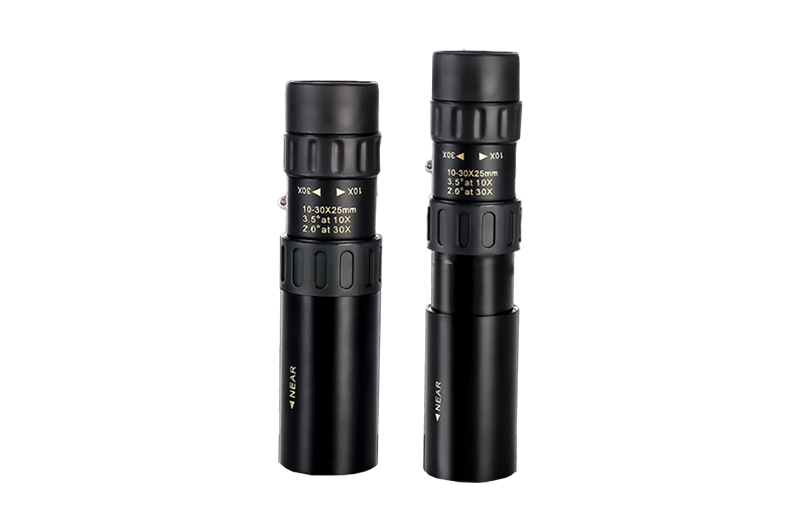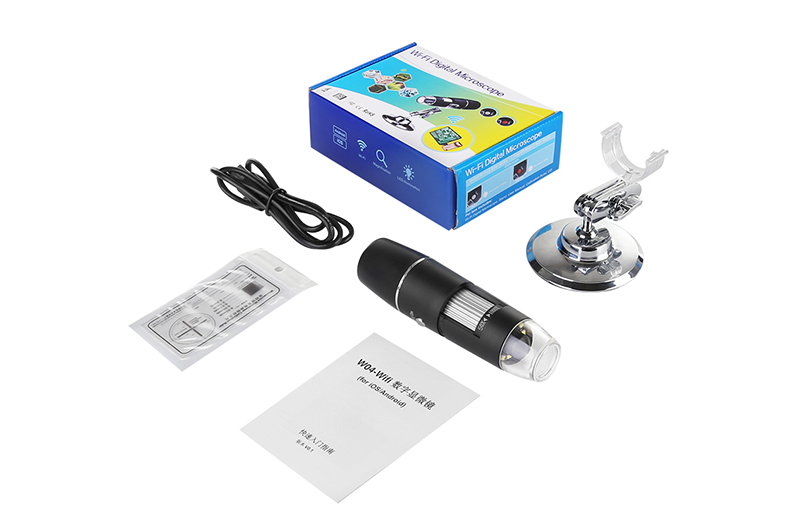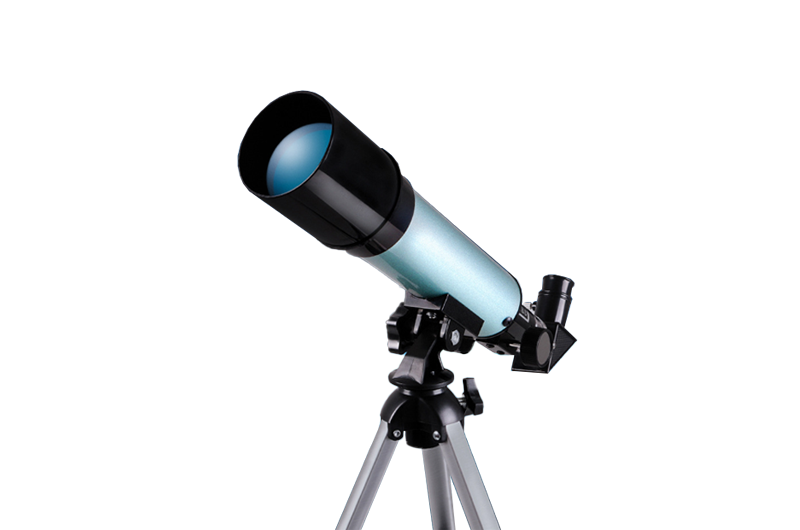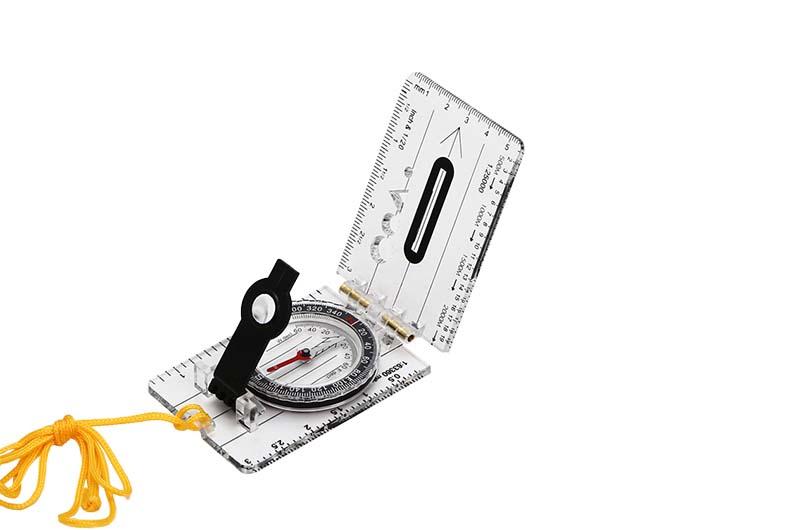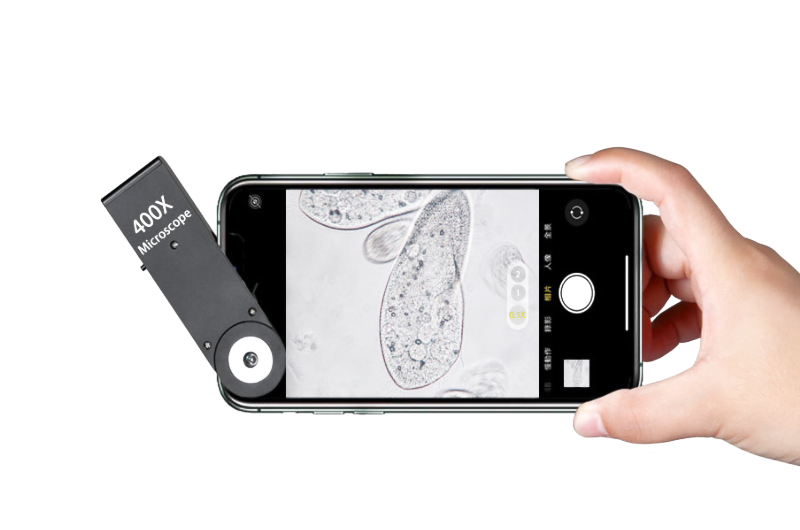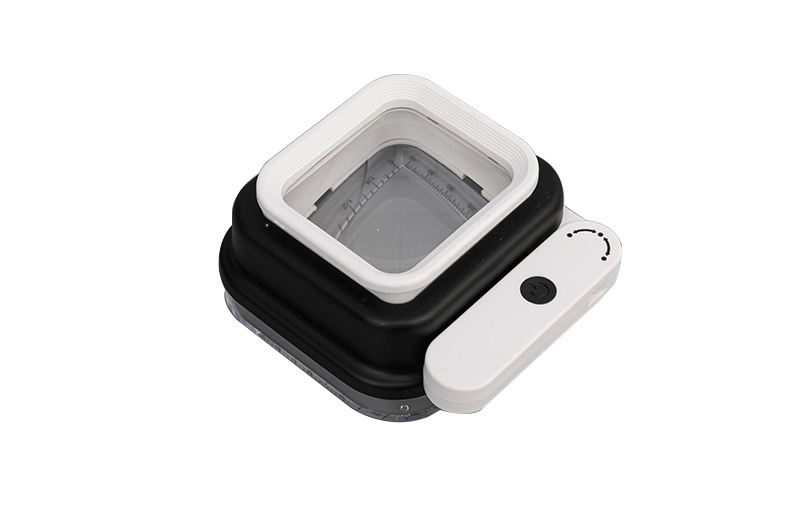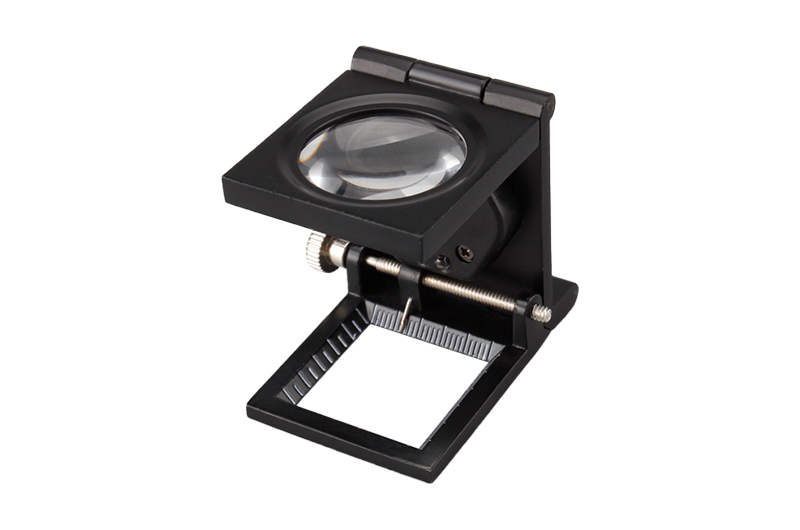Good User Reputation for Outdoors Z555 Night Vision Binoculars with 8X Digital Zoom 600 Meters View Range in Total Darkness for Exploring Caves
owing to good service, a variety of high quality products, competitive prices and efficient delivery, we enjoy a good reputation among our customers. We are an energetic company with wide market for Good User Reputation for Outdoors Z555 Night Vision Binoculars with 8X Digital Zoom 600 Meters View Range in Total Darkness for Exploring Caves, If you’re intrigued within our products, you should truly feel cost-free to ship us your inquiry. We sincerely hope to establish win-win business interactions along with you.
owing to good service, a variety of high quality products, competitive prices and efficient delivery, we enjoy a good reputation among our customers. We are an energetic company with wide market for China Night Vision and Monocular Night Vision, Meanwhile, we’re building up and consummating triangle market & strategic cooperation in order to achieve a multi-win trade supply chain to expand our market vertically and horizontally for a brighter prospects. development. Our philosophy is to create cost-effective goods, promote perfect services, cooperate for long-term and mutual benefits, firm a comprehensive mode of excellent suppliers system and marketing agents, brand strategic cooperation sales system.
Product Parameters
| Model: |
MG10-300×40 |
| Power: | 10-300X |
| Lens coating | FMC wide-band green film of objective lens and blue film of eyepiece |
| Objective diameter | 25mm |
| Eyepiece diameter | 12mm |
| Focus Mode | Lens body focusing |
| Exit pupil distance | 40MM |
| Color | Black |
| Field | 4.4/2.1 |
| Field angle | 2.0°-3.5° |
| Prism material | BAK4 |
| Eye cup type | Rubber |
| Waterproof type | Living waterproof |
| Product material | All metal |
| tripod mount | support |
| Product size | 13.6X5.7X5.7CM |
| Product weight | 153g |
| Full package | Telescope, color box, bag, mirror wiping cloth, instruction manual, hanging rope |
| Pcs/ carton | 50pcs |
| Weight/carton: | 14kg |
| Carton size: | 48X38X35CM |
| Short Description: | 10-300×40 zoom rotary monocular telescope outdoor monocular mobile camera telescope |
Feature:
1)Made of all-optical glass, it has very strong permeability, and is plated with HD multilayer FMC broadband green film. The color is bright and transparent, and the edge band extinction pattern design can effectively reduce eye fatigue.
2)All optical glass lens is adopted, eyepiece is plated with multi-layer blue film, transmittance number, no color difference, making imaging bright, clear and sharp.
3)It adopts concave convex anti-skid design, which is not easy to slip. By rotating the hand wheel, it can be adjusted clearly to realize focusing, and the operation is very convenient.
4)10-30x25mm refers to the magnification of 10-30 times, the direct objective lens is 25mm, 3.5 ° at 10x refers to the field of view of 3.5 ° in 10x state, and 2.0 ° at 30 refers to the field of view of 2.0 ° in 30x state
5)The telescope is equipped with a hand rope. When in use, the hanging rope is hung on the hand, which can reduce the inconvenience of hand hanging for a long time and avoid the damage of the telescope caused by accidental miss
6)From 0.5m to far away, you need to see where you are, roughly estimate the distance, and then rotate the focusing ring to this scale for fine adjustment.
7)The telescope can be stretched freely, which is fun and easy to carry
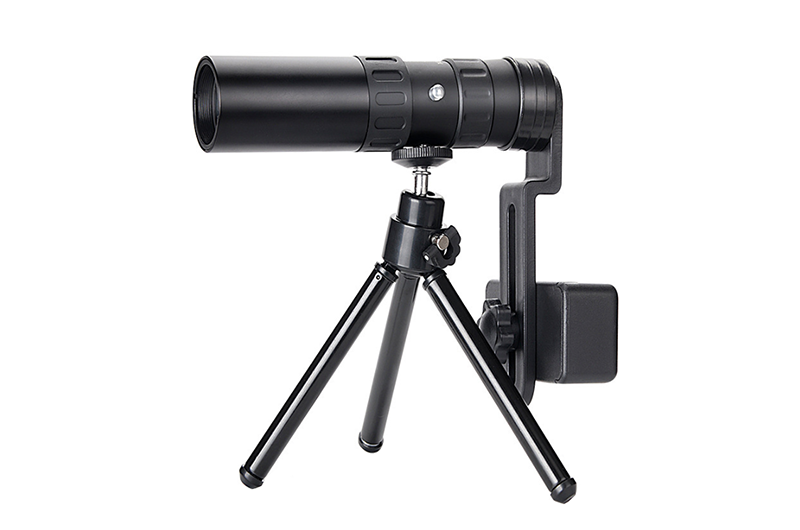
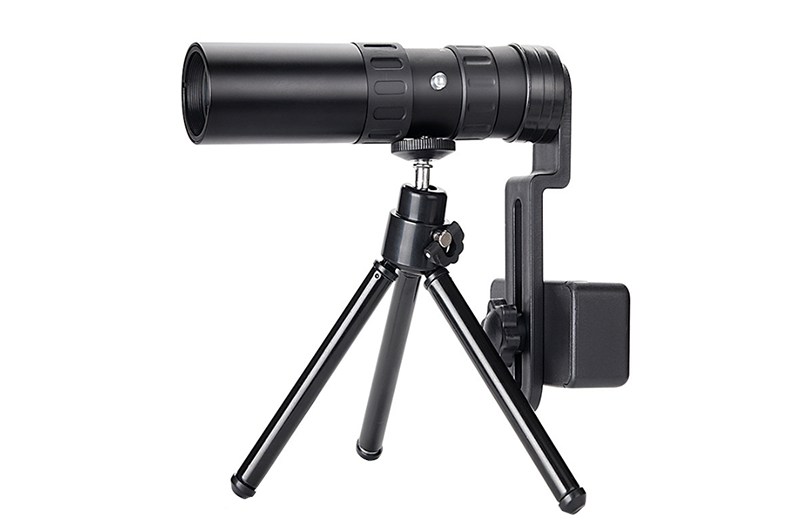
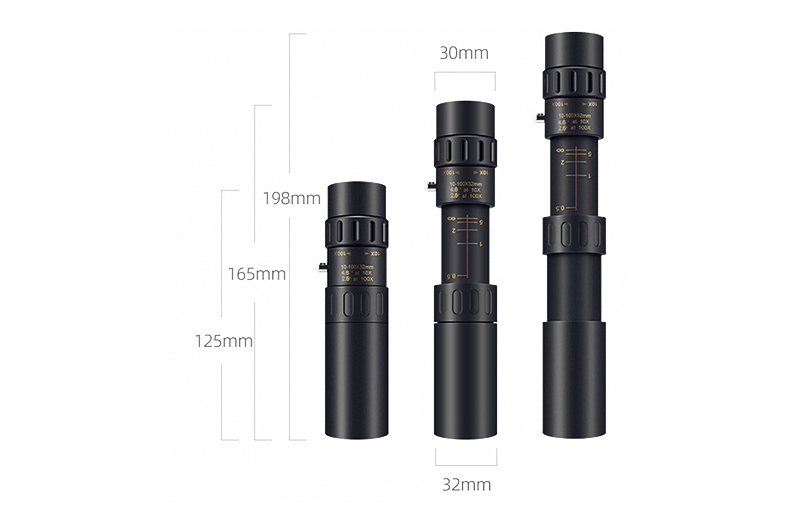
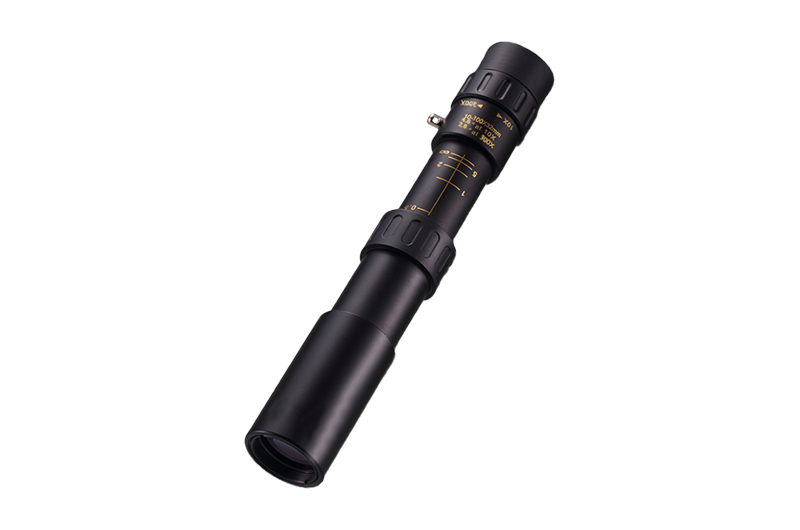
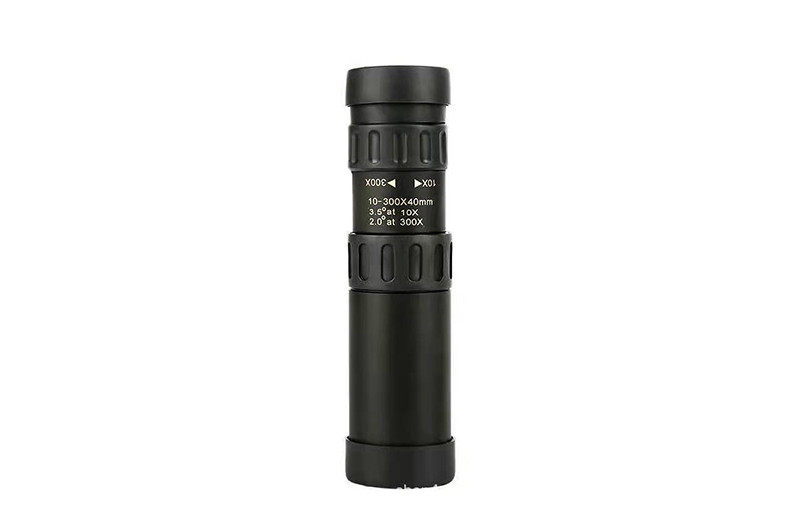
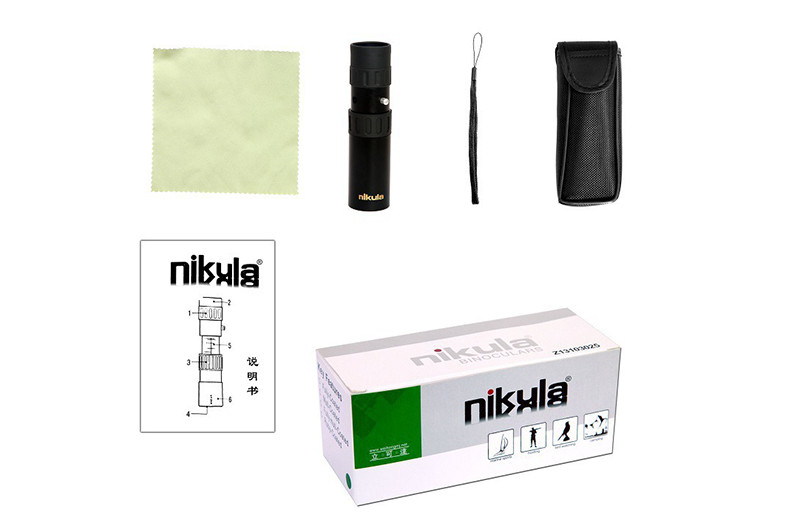
What is a telescope?
Telescope is an optical instrument that uses lens or mirror and other optical devices to observe distant objects. It uses the light refracted through the lens or reflected by the concave mirror to make it enter the small hole and converge for imaging, and then be seen through a magnifying eyepiece, also known as the “telescope”.
The first function of a telescope is to enlarge the angle of a distant object so that the human eye can see details with smaller angular distance. The second function of the telescope is to send the light beam collected by the objective lens, which is much thicker than the pupil diameter (up to 8 mm), into the human eye, so that the observer can see the dark and weak objects he can’t see. In 1608, Hans liebersch, a Dutch optician, accidentally found that he could see the distant scenery with two lenses. Inspired by this, he built the first telescope in human history. In 1609, Galileo Galilee of Florence, Italy invented the 40x double mirror telescope, which is the first practical telescope put into scientific application.
After more than 400 years of development, the function of the telescope is more and more powerful, and the observation distance is more and more far.
Development history:
In 1608, Hans Lippershey, an optician in Middleburg, the Netherlands, built the world’s first telescope. Once, two children were playing with several lenses in front of Lipper’s shop. They looked at the weathercock on the church in the distance through the front and rear lenses. They were elated. Liborsay picked up two lenses and saw that the wind vane in the distance magnified a lot. Lipper raced back to the store and put two lenses in a barrel. After many experiments, Hans Lipper invented the telescope. In 1608, he applied for a patent for his telescope and complied with the requirements of the authorities to build a binocular telescope. It is said that dozens of telescope opticians in the town claimed to have invented the telescope.
At the same time, German astronomer Kepler also began to study telescopes. He proposed another kind of telescope in refraction. This kind of telescope is composed of two convex lenses. Unlike Galileo’s telescope, it has a wider field of vision than Galileo’s telescope. But Kepler didn’t make the telescope he introduced. Shayna first made this kind of telescope from 1613 to 1617. He also made a telescope with a third convex lens according to Kepler’s suggestion, and changed the inverted image of the telescope made of two convex lenses into a positive image. Shaina made eight telescopes to observe the sun one by one. No matter which one can see sunspots of the same shape. Therefore, he dispelled many people’s illusion that sunspots may be caused by dust on the lens, and proved that sunspots really exist as observed. When observing the sun, Shaina was equipped with special shading glass, while Galileo did not add this protective device. As a result, he hurt his eyes and almost lost his sight. In order to explore Saturn’s ring, Huis made another telescope with a length of nearly 65 meters in the Netherlands to reduce the refraction difference of nearly 16 meters.
In 1793, William Herschel of England made a reflective telescope. The diameter of the mirror is 130 cm. It is made of copper tin alloy and weighs 1 ton.
The reflecting telescope made by William Parsons of England in 1845 has a diameter of 1.82 meters.
In 1917, the hooker telescope was built at the Mount Wilson Observatory in California. Its primary mirror has a diameter of 100 inches. It was with this telescope that Edwin Hubble discovered the amazing fact that the universe was expanding.
In 1930, German Bernhard Schmidt combined the advantages of refraction telescope and reflection telescope (refraction telescope has small aberration but has chromatic aberration, and the larger the size is, the more expensive the reflection telescope is, the reflection telescope has no chromatic aberration, the cost is low, and the mirror can be made very large, but there is aberration) to make the first refraction telescope.
After the war, the reflective telescope developed rapidly in astronomical observation. In 1950, a hale reflective telescope with a diameter of 5.08 meters was installed on Paloma mountain.
In 1969, a mirror with a diameter of 6 meters was installed on the pastuhov mountain in the Northern Caucasus of the former Soviet Union.
In 1990, NASA put the Hubble Space Telescope into orbit. However, due to mirror failure, the Hubble Space Telescope did not come into full play until astronauts completed space repair and replaced the lens in 1993. Because it can be free from the interference of the earth’s atmosphere, the image definition of Hubble telescope is 10 times that of similar telescopes on earth.
In 1993, the United States built a 10 meter “Keck telescope” on Mount monakea, Hawaii. Its mirror is composed of 36 1.8-meter mirrors.
In 2001, the European Southern Observatory in Chile developed and completed the “very large telescope” (VLT), which is composed of four telescopes with an aperture of 8 meters, and its condensing capacity is equivalent to that of a 16 meter reflecting telescope.
On June 18, 2014, Chile will flatten the top of the Cerro Amazon to house the world’s most powerful telescope, the European extra large astronomical telescope (E-ELT). Cerro Amazon is located in Atacama Desert, with an altitude of 3000 meters.
E-ELT, also known as “the world’s largest eye of the sky”, is nearly 40 meters wide and weighs about 2500 tons. Its brightness is 15 times higher than that of the existing telescope and its definition is 16 times that of the Hubble telescope. The telescope costs 879 million pounds (about 9.3 billion yuan) and is expected to be officially put into use in 2022.
A group of telescopes under construction began to attack the white giant brothers on Mount monakea again. These new competitors include the 30 meter thick Meter Telescope (TMT), the 20 meter giant Magellan Telescope (GMT) and the 100 meter overwhelming large telescope (OWL). Their advocates point out that these new telescopes can not only provide space images with far better image quality than Hubble photos, but also collect more light, have a better understanding of the initial stars and cosmic gas when galaxies formed 10 billion years ago, and see the planets around distant stars.
In early November 2021, the James Webb Space Telescope arrived at the launch site in French Guiana and will be launched in Decemberowing to good service, a variety of high quality products, competitive prices and efficient delivery, we enjoy a good reputation among our customers. We are an energetic company with wide market for Good User Reputation for Outdoors Z555 Night Vision Binoculars with 8X Digital Zoom 600 Meters View Range in Total Darkness for Exploring Caves, If you’re intrigued within our products, you should truly feel cost-free to ship us your inquiry. We sincerely hope to establish win-win business interactions along with you.
Good User Reputation for China Night Vision and Monocular Night Vision, Meanwhile, we’re building up and consummating triangle market & strategic cooperation in order to achieve a multi-win trade supply chain to expand our market vertically and horizontally for a brighter prospects. development. Our philosophy is to create cost-effective goods, promote perfect services, cooperate for long-term and mutual benefits, firm a comprehensive mode of excellent suppliers system and marketing agents, brand strategic cooperation sales system.






